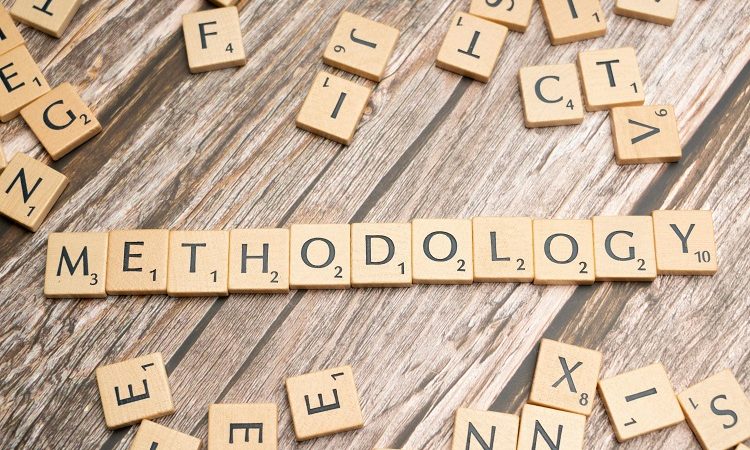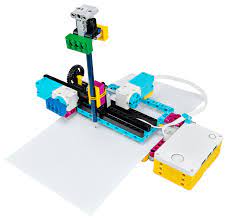The Importance of Social Learning: What to Know

Are you worried that your child is having difficulty developing their social skills Do you fear that this can lead to anxiety and depression for your children?
Social learning is a training method that can help your children develop their social skills. It’ll help them come out of their shell and build their confidence over time.
But how does social learning work? How does the social learning theory help them build their social skills?
Here’s what you need to know:
The Basics of How Social Learning Works
One of the benefits of social learning is that it offers speech language therapy. This helps your child pick up on speaking a language if they’re having difficulty. It makes it easier to build their language skills if they aren’t learning on their own.
It emphasizes practical application over textbook learning. If you feel that your child isn’t getting any practice, then you’ve got to consider social learning. To avoid difficulty in the learning process, it is best to know the signs of language problems from your child and get speech therapy as soon as detected to help boost your child’s social skills, confidence and success in school.
Part of social learning also involves observation. Often, the best way for children to learn is to observe others and how they communicate with each other.
This helps them prepare for different social situations. With constant observation, they’ll soon pick up the etiquette and conventions of everyday communication.
It’s a face-to-face teaching format where your child receives individual attention. This is much easier for them to learn than if they’re in a classroom setting.
Detailed Components of Social Learning
Now let’s look further at how each component of the social learning theory works.
The first component is observation. As discussed in the previous section, your child will observe others so they can learn how to communicate. The teachers will prepare a skit so your child can learn.
For example, they’ll act out a skit that involves ordering food at a restaurant. By observing this skit, your child will learn how to do the same when they go to a restaurant.
Another component is imitation. With this component, the teacher will teach your child a few learned behaviors for communication. They might ask your child to mimic basic expressions that they’ll often use.
There’s also the identification component. Your child must learn about what type of communication is acceptable and what isn’t.
The teacher will help your child identify role models by looking at others and assessing their behavior. They might show one person speaking politely and another speaking rudely.
They’ll teach your child that the polite person is the one to emulate. They’ll teach your child why the rude person’s behavior isn’t acceptable.
Social Learning for Kids Is the Future
If you choose to opt for social learning for your child you won’t have a problem with developing their social skills.
Social learning helps them learn how to communicate through practical application. The child will learn in a concentrated environment where all the focus is on them.
There are several components to the social learning theory. They’ll observe others and learn how to communicate properly through them.
They’ll also learn how to imitate basic communication techniques. They’ll also learn to distinguish between acceptable and unacceptable behavior.
You can learn even more about social learning theory on our blog!





